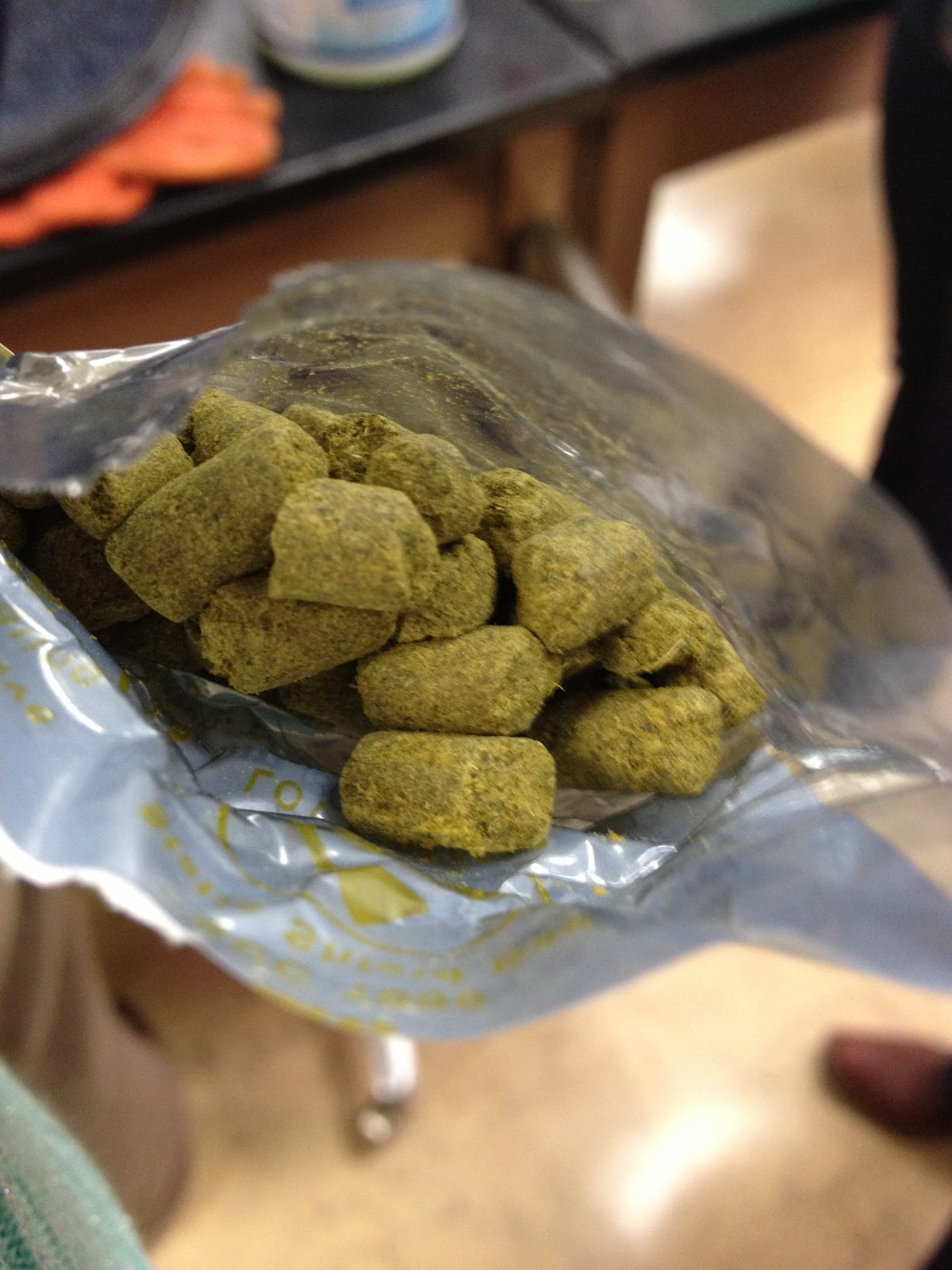1. Equipment and materials
1.1 Equipment:
A Large Pot to boil
Tubing and Clamp
to siphon the beer
An Airtight Glass Fermenting Carboy to keep sanitized and don’t leak
A Thermometer
Bottles not twist-off bottles
A Bottle Capper
Bottle Caps
A Sanitizing solution to sanitize everything since beer is easy to be infected
1.2
Ingredients:
Malt Extract provides substrate to which yeast will feed on to make alcohol
Hops add bitterness
Liquid Yeast
Priming Sugar like corn sugar
2.
Stages:
Sanitize Everything First!!!
2.1 Brewing Beer
Boil the barley seeds for 25 min to add color and flavor complexity.
Then, add 1 gallon of water , and heat until boiling.
Add malt extract and stir to make sure it's dissolved.
Add bittering hops for 1hr, then flavor hops for 15 min, and add the aroma hops for 5 min.
Boil the barley seeds for 25 min to add color and flavor complexity.
Then, add 1 gallon of water , and heat until boiling.
Add malt extract and stir to make sure it's dissolved.
Add bittering hops for 1hr, then flavor hops for 15 min, and add the aroma hops for 5 min.
2.2 Cooling and Fermenting
Cool the wort (hot mixture) to 80F, and then transfer to the sanitized primary fermenting carboy. Add water up to 5 gallons. Measure the gravity of the wort by a hydrometer. Add the liquid yeast when the wort is cool down to 72-78F, and the fermentation process starts. Put on an airlock to keep the wort from contamination with the bacteria.
The
Cool the wort (hot mixture) to 80F, and then transfer to the sanitized primary fermenting carboy. Add water up to 5 gallons. Measure the gravity of the wort by a hydrometer. Add the liquid yeast when the wort is cool down to 72-78F, and the fermentation process starts. Put on an airlock to keep the wort from contamination with the bacteria.
The
2.3 Tasting
It seems like nobody can wait for another 2 weeks to taste the beer. Actually, the wort tastes not that good and does not have alcohol at all. See everybody's facial looking when tasting the wort! How funny!!
It seems like nobody can wait for another 2 weeks to taste the beer. Actually, the wort tastes not that good and does not have alcohol at all. See everybody's facial looking when tasting the wort! How funny!!
3. Fermentation behind brewing
We also learned the pathway of glycolysis and the fermentation
mechanism of brewing.
Louis
Pasteur, a French chemist, is the first one to demonstrate experimentally that fermented
beverages are caused by living yeast transforming glucose into
ethanol. Moreover, Pasteur demonstrated that only microorganisms are capable of
converting sugars into alcohol and defined it as
respiration without air..
C6H12O6 → 2 C2H5OH + 2 CO2
Glucose is converted into pyruvic acid during glycolysis.
When oxygen is available, pyruvic acid enters the tricarboxylic acid cycle and
starts the respiratory chain. As a result of respiration, cells produce
36–38 molecules of ATP for each molecule of glucose oxidized.
In the absence of oxygen, pyruvic acid can follow two
different routes. It can be converted into
ethanol and carbon dioxide through the alcoholic fermentation pathway, or it
can be converted into lactate through the lactic acid fermentation pathway.
Reference:










No comments:
Post a Comment